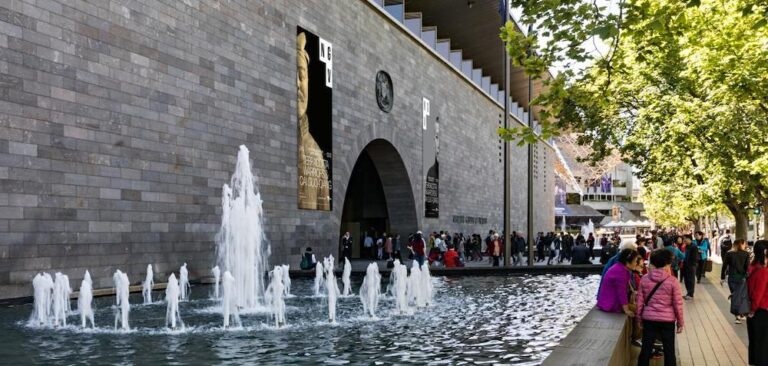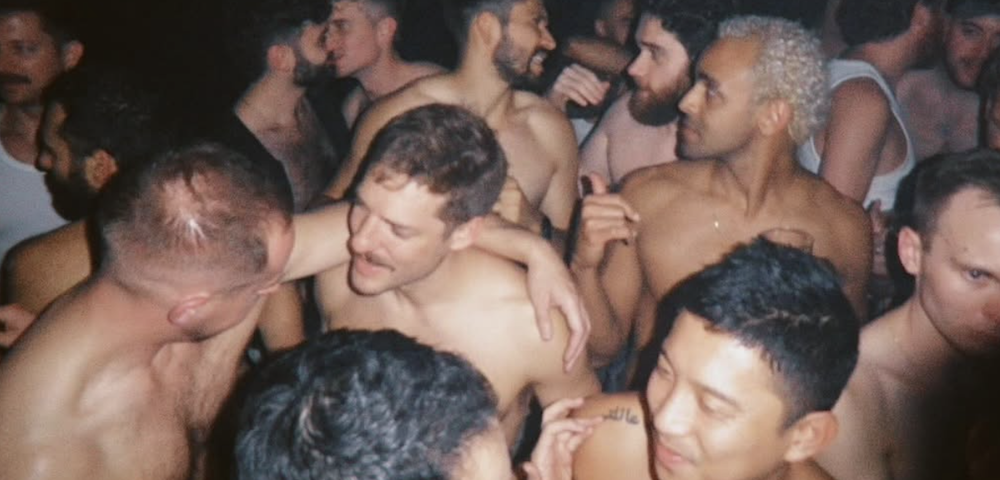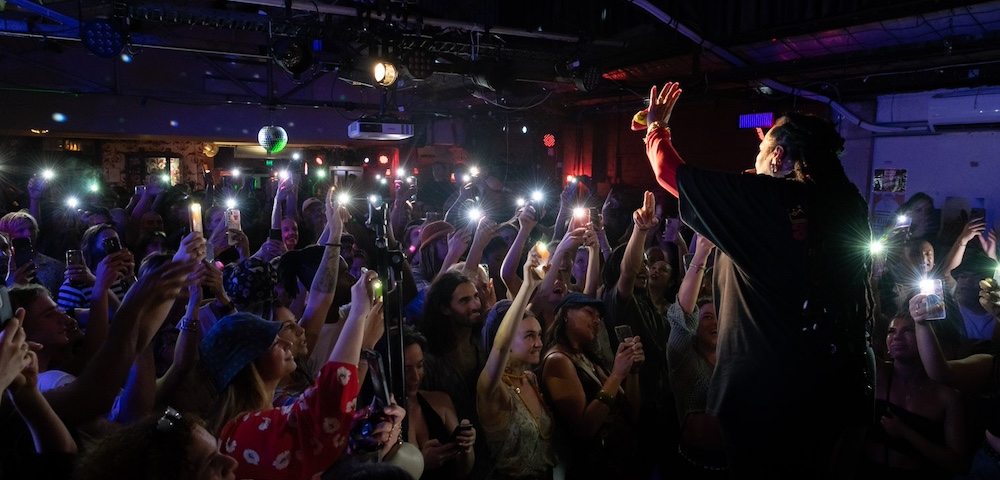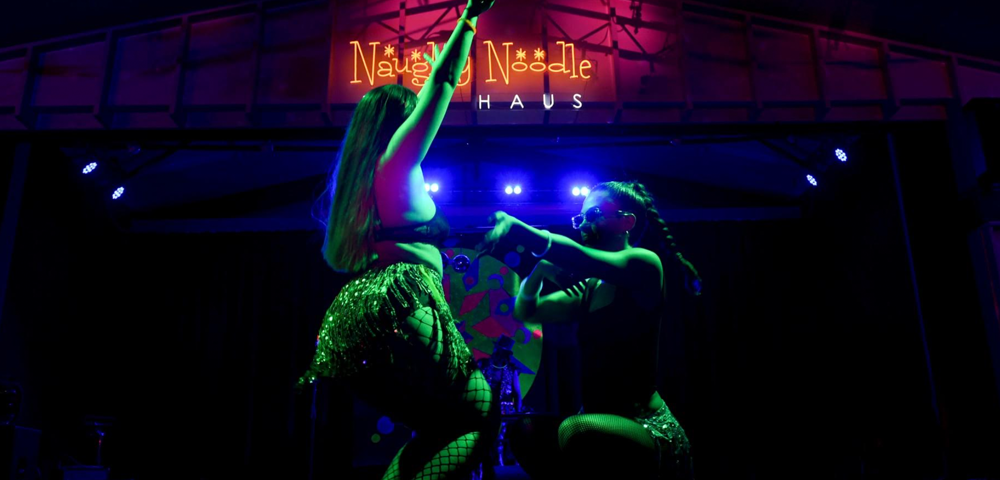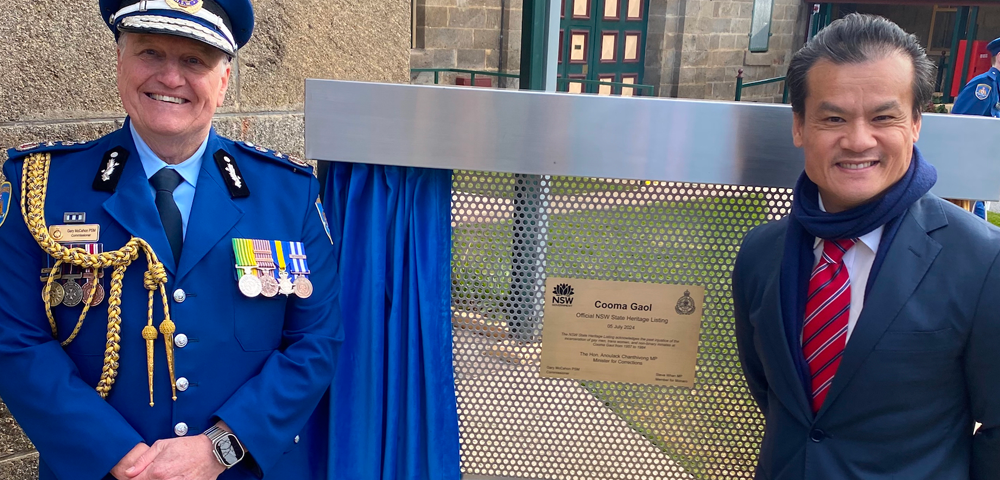
Two million gays
The ninth S?Paulo GLBT parade began on Avenida Paulista, the grand, eight-lane avenue lined either side by the gleaming glass towers of bankers and traders.
The avenue itself runs along a ridge covered by a forest of high-rises where the city’s 18 million inhabitants live and work, giving it the feel of a Latin New York.
The world’s biggest gay parade is also one of the youngest. Ten years ago homosexuality was rarely accepted by Brazil’s macho Latin culture, and still there were shirtless young men in the crowd wearing dark glasses and handkerchiefs over their faces to obscure their identity.
Demands for equal rights -“ no more, no less -“ and civil unions for gay and lesbian couples were repeated by celebrities and banners.
Despite starting much later than Australia, Brazil may win these changes first. The country only emerged from dictatorship 20 years ago and the rights of the individual are as a result considered extremely important.
This may be truer in theory, however; the Catholic church has enormous influence, and abortion remains illegal.
At first glance, the crowd appears a facsimile of Sydney: a hairless, muscled couple wearing black boots, black briefs, sunglasses and captain’s hats flex and pose at giggling boys and girls.
A float drives past to find its position in the line, the side covered with six truck-sized photos of drag queen Salete Campari in a twirling pout-to-camera, immaculate in her pink fur coat, beauty spot and Marilyn bob.
But the Portuguese accent filling the air is not broad and flat, and four hours before the march there are more people in the avenue than attend the entire parade in Sydney.
The event itself is a far cry from Sydney’s polished production. There are no rows of buffed flag twirlers or synchronised boot scooters here.
Taking centre-stage are the trio el?icos; purpose-built, six to 12-wheel trucks with names like Terminator and Demolisher, lugging around the world’s largest sound systems.
They are wheeled out to play samba for Carnaval and when on at full volume can drown out conversation in a 50-metre radius.
Lined down the avenue, the trios warm up their banks of speakers with techno, hard house, funk and something that might be called techno samba. Thousands of partygoers are already dancing in clusters.
The first truck begins the parade with a speech from a greying local senator, dressed in a long-sleeved T-shirt tucked into high pants in a forced attempt to appear casual.
The crowd suffers in bemusement as he sings several verses of Bob Dylan’s Blowin’ In The Wind in a warbly tenor, and afterwards the MC, a towering black drag queen, rushes back to pick up the tempo again.
The politician has his fans, however. The few, shabby apartment blocks on Paulista are said to house prostitutes for businessmen, and from the seventh floor of one a topless blonde transvestite waves hello with both hands.
Back on the trio, a popular TV presenter announces his support for equal rights and leads the crowd in the chant, ?egal ser homosexual -“ it is cool to be gay.
And then, incredibly slowly, the parade is off towards Pra?da Rep?ca. The dozen sound wagons look like spaceships, and the street is full of dancing.
It is impossible to tell who is officially part of the parade, but it really doesn’t matter. As one young Canadian observed, it is less a parade than a massive, chaotic, moveable party to which everyone is invited.
Unfortunately this could well be the last on the Avenida Paulista. A major hospital nearby regularly complains about the various events which are always held at maximum volume.
But don’t worry, next year’s parade -“ its 10th birthday -“ will just start a little further down and no doubt be bigger, brasher and undeniably more Brazilian than ever.



